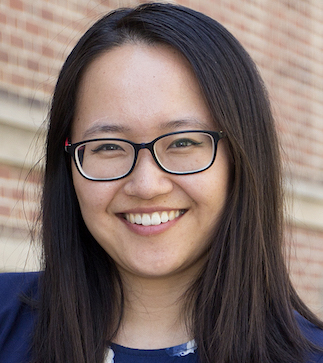Simultaneous Multi-Wavelength Observations (Gamma, X-ray, UV, Optical, and Radio) of Two FRBs [slides]
David Caro building, Level 2, Hercus Theatre (+Zoom)
More information
-
 Dr Jielai Zhang, -
Dr Jielai Zhang, -
Swinburne University
Email: jielaizhang[at]swin.edu.au
Abstract
Fast radio bursts (FRBs) are millisecond bursts in the radio, so bright that we observe them in distant galaxies at a rate of over 1000/day over the whole sky with large radio facilities. Despite their frequency and high energy output, what causes these bursts have eluded astronomers since their discovery over a decade ago. FRBs may result from magnetar bursts, binary neutron star mergers (producing kilonovae), neutron stars collapsing to black holes (blitzars) or several other theories. Information on emission coherent with the radio burst in other wavelengths can help reveal the physical processes that create these bursts. I present results from an observational program that can do this called the Deeper Faster Wider (DWF) program. A key part of the DWF program is coordinating ~10 multi-wavelength observatories to perform deep, wide-field, fast cadence observations on the same field simultaneously to collect possible imaging on fast-evolving transients before they fade. Importantly, DWF can collect data before, during and after fast transients. Typically, a DWF observing run goes for a week. In particular, I present results from DWF operation run 8 (DWF-O8). During DWF-O8, two FRBs were detected with the Murriyang Radio Telescope (formerly known as the Parkes Radio Telescope). Simultaneously observing with Murriayng was the Neil Gehrels Swift Observatory , Hard X-ray Modulation Telescope, AstroSat, the Korea Microlensing Telescope Network, the Huntsman Telescope, Murriyang and the Molonglo Observatory Synthesis Telescope, amongst others.